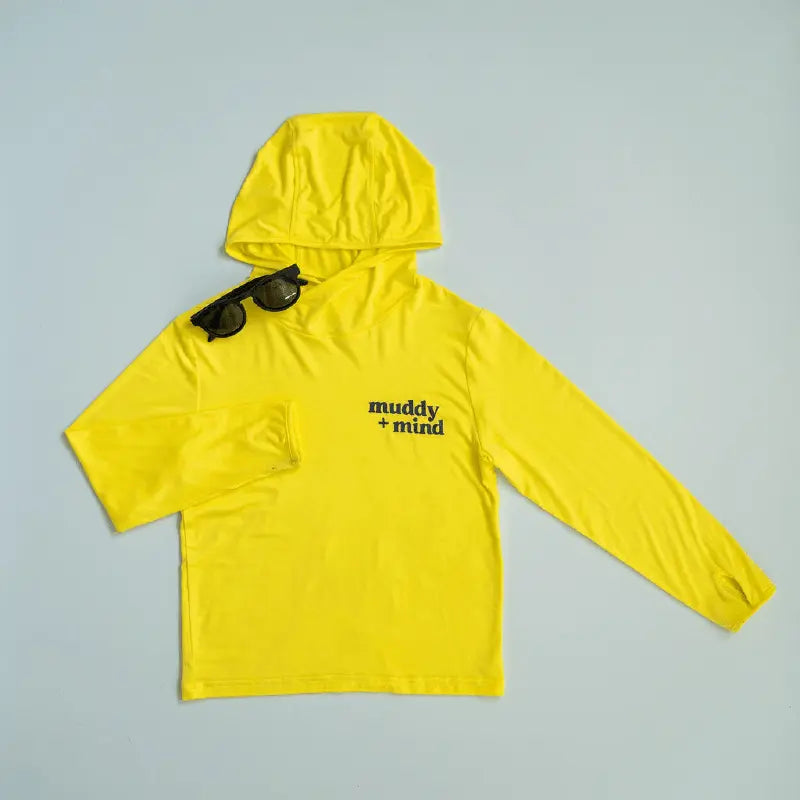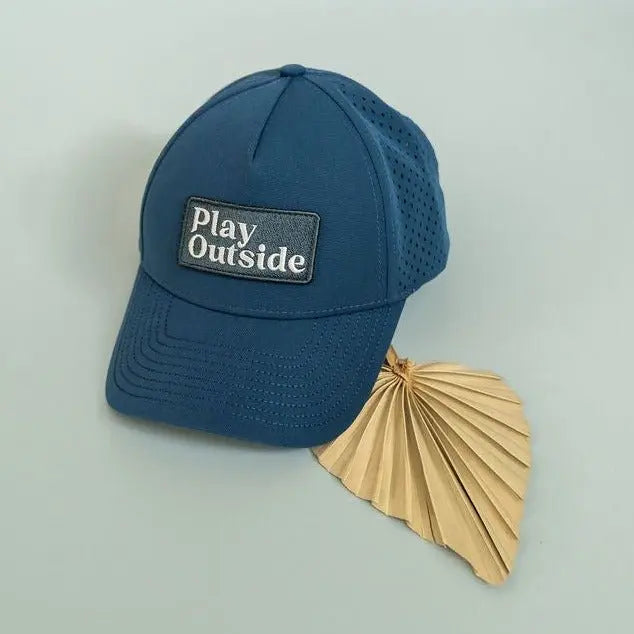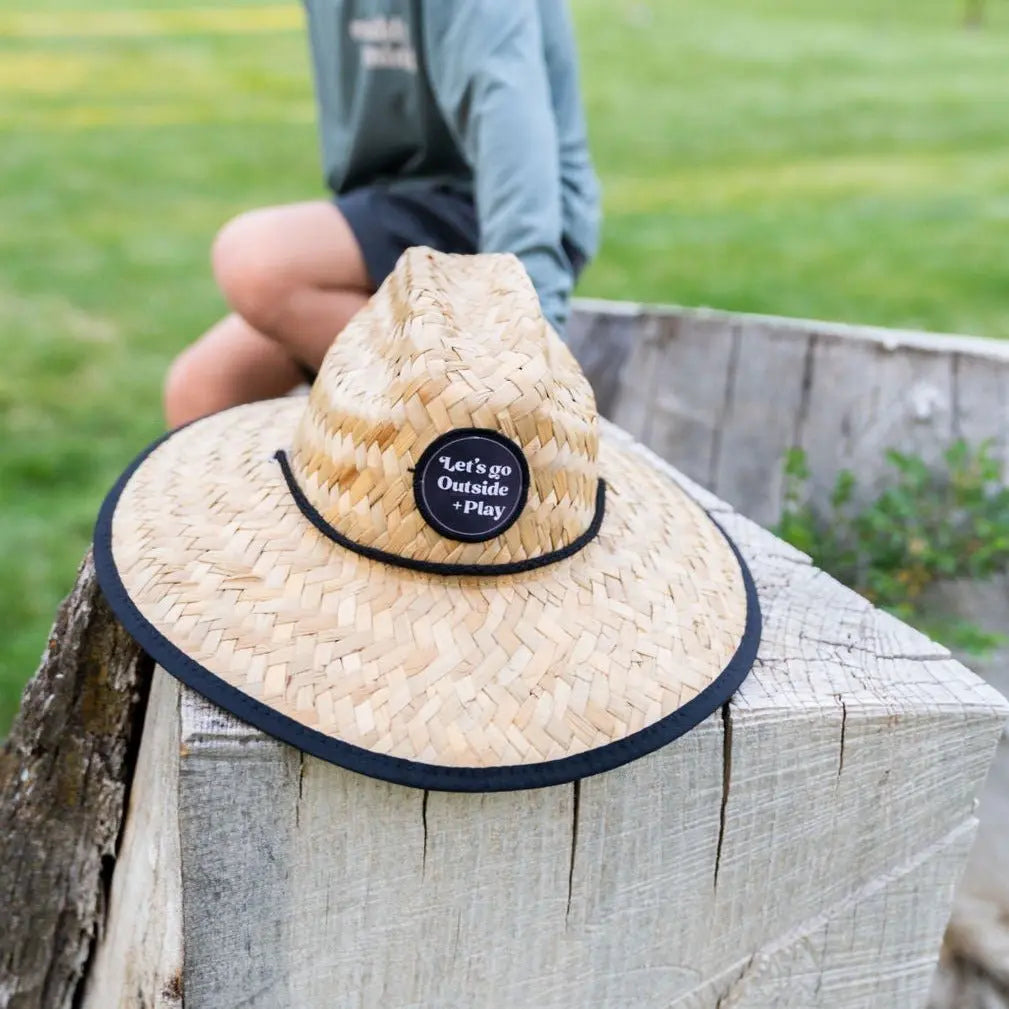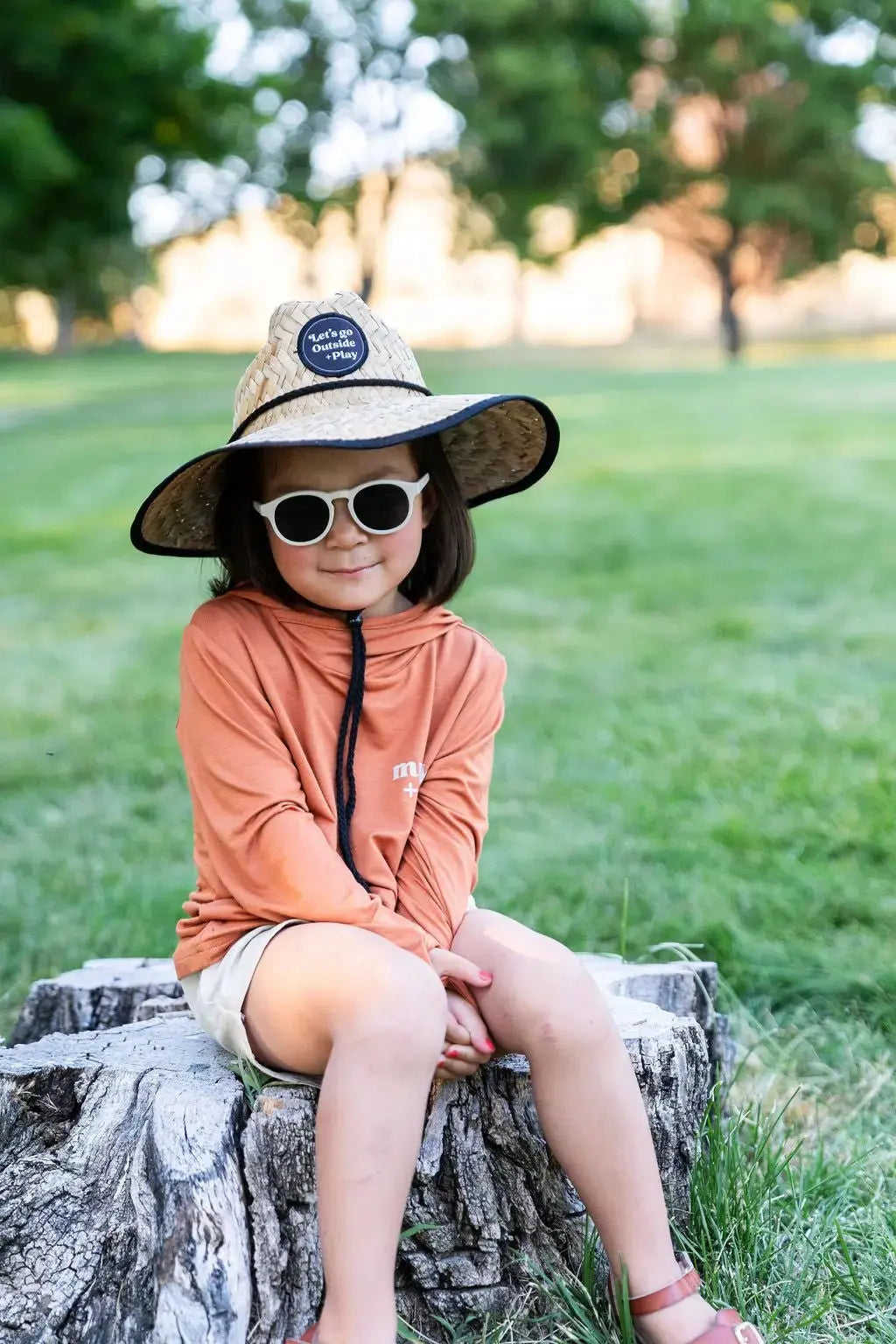Up to 30% off on ONE shirts and Rash guards when you get one for you and one for your little one to match. Automatically applies at checkout.

Tick Safety for Families: Prevention, Removal, and Aftercare
The first time I found a tick on my child, I froze. We’d spent a full day hiking, and when we got home for bath time, there it was, tiny, dark, and stuck. My heart dropped.
It’s one of those outdoor parenting moments that’s both a little scary and completely normal. The good news? With a few simple habits, tick safety becomes just another part of getting ready for adventure.
Where and When Ticks Thrive
Ticks love warm, humid environments, often hiding in grassy areas, shrubs, and leaf piles. They’re most active from spring through early fall, but in some southern regions (like Florida), they can stay active year-round.
Common tick zones:
- Edges of forests and tall grass
- Leaf litter and brush piles
- Campsites or shaded backyards
According to the CDC, ticks don’t jump or fly—they wait on blades of grass and grab on as you brush past. That means prevention starts long before a hike begins—with what your family wears.
Dress for Tick Defense
Ticks can’t bite through tightly woven fabric. The easiest way to protect skin is to dress strategically:
- Long sleeves and pants (tuck pants into socks for high grass)
- Light-colored clothing (makes ticks easier to spot)
- UPF 50+ clothing, like the ONE bamboo sun shirt, offers sun and tick protection in one.
Our ONE Shirt is breathable enough for summer and covers key bite areas, arms, neck, and torso, without overheating.
For shoes, closed-toe sneakers or hiking boots work best. Avoid sandals in tick-heavy areas.
Use Safe Repellents
Choose repellents recommended by the CDC and Environmental Protection Agency (EPA):
- DEET (20–30%) is effective for both kids and adults.
- Picaridin (20%) is another parent-approved option.
- For natural alternatives, oil of lemon eucalyptus (not for kids under 3) offers moderate protection.
Spray shoes, socks, and pant cuffs—ticks often crawl upward from the ground.
You can also treat clothing with permethrin (a fabric-safe insect repellent) before a trip, or buy pre-treated outdoor gear.
Learn more from the EPA’s tick repellent guide.
After Adventure: Tick Checks and Cleaning Up
When you get home:
- Check everyone, scalp, behind ears, under arms, around waistband, and behind knees.
- Shower within two hours of coming indoors.
- Tumble dry clothes on high heat for 10 minutes to kill hidden ticks.
Make it a game for little kids: “Tick check time!”
We turn it into a fun routine before dinner, like brushing teeth, just another step of being outdoors responsibly.
If You Find a Tick: Stay Calm and Act Fast
You don’t need fancy tools, a pair of fine-tipped tweezers works best.
- Grasp the tick as close to the skin’s surface as possible.
- Pull upward steadily without twisting.
- Clean the bite area with soap, water, or rubbing alcohol.
- Save the tick in a plastic bag with the date and location noted (for your doctor if needed).
The CDC’s tick removal guide provides helpful visuals for parents.
Aftercare and When to Call a Doctor
Keep an eye on the bite site for several days.
Call your doctor if:
- The area becomes red, swollen, or develops a rash
- Your child experiences fatigue, fever, or joint pain
These can be early signs of Lyme disease, which is most common in the Northeast, Midwest, and mid-Atlantic states.
Prompt removal within 24 hours usually prevents transmission.
Staying Outdoors Confidently
Ticks are part of the ecosystem, but they shouldn’t keep your family indoors.
With the right gear, awareness, and routine, you can explore safely and confidently.
For us, it’s simple:
- Wear our ONE Shirts and hats.
- Do a quick tick check after play.
- Keep exploring.
The more we learn about the outdoors, the less it scares us—and the more our kids grow to love it.
Love,
Adriana
Founder of Play Outside














